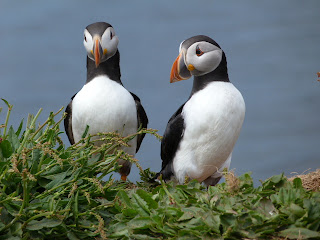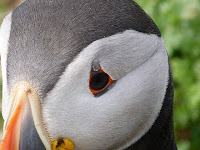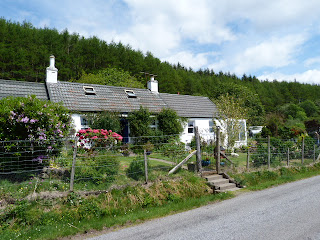Anyone who knows the West Coast of Scotland will be aware of midges. They are one of three irritants regularly discussed here. The other two being the tourists and the weather. There is even a Scottish Midge Forecast (www.midgeforecast.co.uk) from who I quote” Midges are tiny insects with a wingspan of just 1-2mm. They suck blood from the skin, causing itching and swelling that can last several days. In summer, midges that bite people can reach vast numbers and become a real problem for both locals and tourists. Midges have been around for thousands of years but with climate change they are increasing their range and extending their season, meaning more bites. Biting midges are infamous in the Scottish Highlands, but they are now also found in other parts of the UK, including the Lake District and North Wales.
 |
| The Midge Magnet |
 |
| Our answer under test |
There are nearly 40 species of biting midge in Scotland but only five of these are thought to regularly feed on people. Of these the Highland midge, Culicoides impunctatus (or ‘Meanbh-chuileag’ in Gaelic, meaning ‘tiny fly’), is the most bloodthirsty, and the species responsible for most of the bites of people. Midges target their victims by sensing carbon dioxide in exhaled breath and other odours associated with their targets.So the answer must be do not breathe out and do not give off odours, easier said than done. But there are ways to combat them or at least keep them at bay. The soldiers in the British Army use and claim Avon’s Skin So Soft cream works very well, it is not a designed repellent but it was found by accident that midges do not like it. Other people swear by lavender and tea tree oil, other just swear and do an Australian salute. There are also machines known as midge magnets. They suck the midges out of the air and kill them. When you empty the machine of the blocks of now “dead” midges they need to be frozen before burning, strange but true. We, with a limited amount of success use citronella flares, as the name says burn citronella oil so that the smoke and hot vapour keep the midges at bay and these are work when kept topped up with oil and over the limited area of our patio. When all else fails and the midges win the only answer is to retreat indoors and pour a wee dram!














